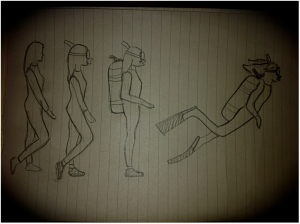Cape Eleuthera Institute’s Kristal Ambrose embarked on her epic journey to of plastic research, leaving on April 24th.. From Nassau, Bahamas to Texas, USA; from Tokyo, Japan to Guam; and finally, on to Majuro, Marshall Islands, the last two weeks have been a whirlwind of exploration, opportunity, and learning for Ambrose, CEI’s Aquaponics Intern and researcher dedicated to finding solutions to plastic pollution in the world’s oceans.
“Most of what we eat, drink or use in any way comes packaged in petroleum plastic—a material designed to last forever yet used for products that we use for as little as thirty seconds then throw away,” describes Ambrose on her blog. “Plastic creates toxic pollution at every stage of its existence: manufacture, use, and disposal. This is a material that the Earth cannot digest. Every bit of plastic that has ever been created still exists, including the small amount that has been incinerated and has become toxic particulate matter. In the environment, plastic breaks down into small particles that release toxic chemicals into the environment. These particles are ingested by wildlife on land and in the ocean, contaminating the food chain from the smallest plankton to the largest whale…This trip will serve as my formal training experience to tackle the plastic pollution and marine debris issue within my country.”
In Nassau during the days before departure, Ambrose was invited to tea at the home of His Excellency Sir Arthur Foulkes, Governor General of The Bahamas. Continue reading →




 by
by 

